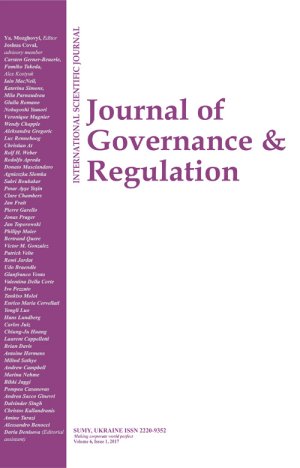
GOVERNANCE OF INFORMATION TECHNOLOGY IN A COMPLEX ECONOMY
Download This Article
This work is licensed under a Creative Commons Attribution-NonCommercial 4.0 International License.
Abstract
Globally, the energy sector is fast nearing a tipping point of no return, transitioning from fossil fuel to renewable energy. Business is turning to the IT department to leverage technology that will reduce organisational wide production and operational cost in a fast changing economy. The business expects the IT department to be innovative and build new IT competencies for a rapid response to the transition towards renewable energy. This study contributes new knowledge regarding the impact of management theory and approaches on the successful implementation of IT in the African Oil and Gas industry. The research shows that capabilities such as innovation and people competencies are growing in importance while IT leadership is becoming a critical role in supporting and delivering on the business objectives as enabler and transformational agent of business. Capabilities such as systems thinking, business acumen and interpersonal skills are key IT management competencies for transformation innovation leadership. Knowing the business needs, the IT department can provide integrated solutions that support the complete business value chain without exposing the business to a rigid IT structure. Remaining competitive, business-driven IT innovation is a vehicle for business to meet new realities. The research followed a multistage mixed-model design using the African Oil and Gas industry as case study.
Keywords: Alignment, Culture, Emotional Intelligence, Enterprise Architecture, Innovation, Management Theory, Teamwork, Transformation
How to cite this paper: Prince, C., de la Harpe, A., & Cronje, J. (2016). Governance of information technology in a complex economy. Journal of Governance and Regulation, 5(2), 59-70. https://doi.org/10.22495/jgr_v5_i2_p7



















